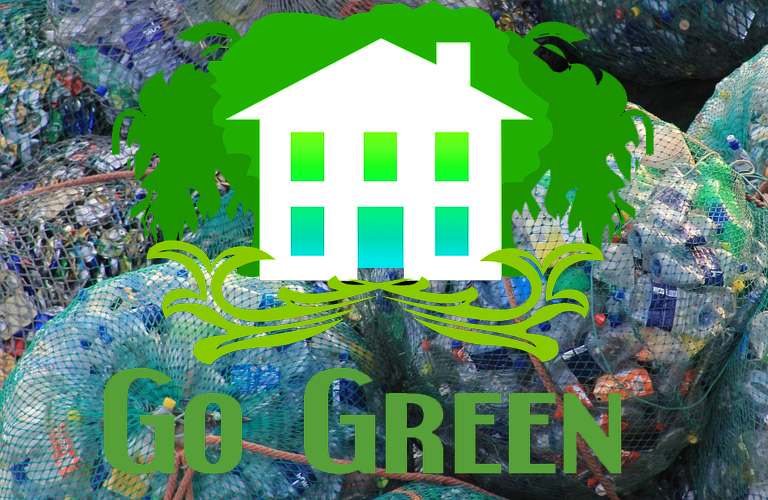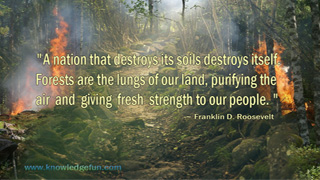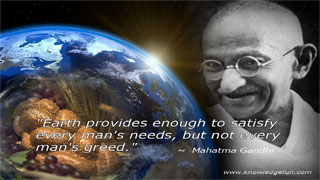Precycling
The Benefits of Precycling
Finding ways to reduce waste is key component of successful precycling. Purchasing less packaging, avoiding disposable items and know how to avoid unnecessary waste is the most important part of every precycling process.
Learn How to Precycle
Think about what you have thrown away today or this week. By precycling, you can reduce waste, conserve resources by reusing products and save money and valuable landfill space.
Start precycling when shopping. All it takes is an extra moment of your time at the store and you will be on your way to save your local environment and the planet!
Begin to reduce your unnecessary waste by making environmentally-sound and intelligent decisions at the store. Simply by making correct buying choices, you can prevent needless waste from entering the solid waste stream.

Did You Know?
Today, in this age of convenience, packaging accounts for about 30 percent of the trash in developed world.
Packaging is usually excessive and serves little purpose, except for product marketing and appearance.
Before choosing any product consider the packaging. Packaging is about 15 percent of a product's cost. Choosing a product with less packaging will also save you money.
Try to donate used magazines and books to the seniors’ homes, doctor’s office, or your local library before recycling them.
How To Precycle When Shopping:
- Shop only at supermarkets that feature bulk bins for a variety of items. Buy what you need and store in your reusable containers at home.
- Always buy loose fruits and vegetables instead of packaged.
- Choose a product with the least amount of packaging. Store brands and generic brands often use less packaging and will save you money as well.
- Avoid single-serving packages.
- Purchase goods in economy-sized packages because larger containers mean less packaging and less cost per unit. For example, two 8-oz. cans use about 40 percent more steel than one 16-oz. can.
- Try to avoid products packaged in two or more different materials because mixed packaging is difficult to recycle.
- Buy concentrates, they need less packaging and use less energy.
- Using electric appliances, instead of battery-operated ones, will create less waste.
- Buy and use cloth napkins, silverware, ceramic mugs, plates and glasses whenever possible.
- Avoid non-compostable and non-recyclable packaging.
- Purchasing rechargeable batteries will keep household hazardous waste out of landfills and save your money.
- Look for the recycling symbol and buy recycled packaging (it usually means that the packaging is recyclable or contains recycled materials).
- Before you buy think what is recyclable in your local community and whenever possible choose packaging that you can easy recycle at home.
- Avoid disposable items such as razors and toss-away products.
- Buy products in easy recyclable packaging such as cardboard, aluminum, glass or steel containers.
- If you are faced with plastic packaging, try to find containers stamped on the bottom with 1 or 2 because these plastics are easier to recycle.
- Try to choose durable, reusable products. Although durable products or long-wearing products may cost more at first, they will save your money in the long run. They save environment by producing less waste and bring more pleasure to the user with better quality.
- Subscribe to online newsletters, newspapers, invoices, and coupons instead of paper.
- Do not accept a bag when making small purchases.
- Buy canvas bags or any other reusable bags and carry them into the store. If you don't have them yet, try to reuse the grocery bags you brought home from your last shopping trip.
ABOUT THE AUTHOR
Maya Gavric, entrepreneur, consultant, former realtor, writer, web developer, artist and marketing coach has been working, researching and reporting on the Internet for years. Her numerous articles offer valuable insight and tips on wide variety of topics. In recent times she has paid particular attention to knowledge management on the Internet and environmental problems, exploring how our attention to hot issues might best transform current situation into better practice.
The article "Learn How to Precycle" reprinted with permission.





